innoLAE 2026 Topics
The innoLAE (Innovations in Large Area Electronics) conference focuses on new ways to make electronics, leveraging novel processes and new materials to provide electronic functionality in thin, flexible, stretchable and transparent designs. If your work features any of the topics below, we encourage you to submit an abstract for an oral or poster presentation for the next conference.
1. Manufacturing LAE components and systems
Improved and novel processes for LAE manufacturing offering higher throughput, sustainability, functionality, reliability, yield or lower cost
New approaches for LAE manufacturing including soft lithography, micro-contact printing, nano imprint lithography, self assembly
Addressing the challenges and opportunities of non-traditional substrates e.g. paper, plastics, metal, fabrics, living tissue
Manufacturing using roll-to-roll deposition
Tackling the challenges of scale-up in LAE manufacturing, including metrology, yield, lean manufacture and design for manufacturing
3D printing/in-mould printing/additive manufacture of electronics
Flexible hybrid electronics and novel interconnects - integrating organic or printed electronics with conventional semiconductor devices
Stretchable and conformable electronics
Structural electronics
Integration of LAE components
Advancing the reliability and lifetime of LAE components and systems
2. High-performance materials for LAE including
Organic semiconductors
Metal oxides
Graphene, 2D and layered materials
Perovskite and perovskite-inspired materials
Quantum dots
Novel conductors and dielectrics
Stretchable and bio-compatible materials
Biodegradable and recyclable materials
Discovery and design of new materials using machine learning
3. Novel LAE devices and systems including
Organic light-emitting diodes (OLEDs) for display and lighting
Near-IR OLEDs and OPDs for medical applications
Transistors, diodes, sensors, detectors, etc.
Energy harvesting and storage using LAE (e.g. RF, piezo, thermal and solar harvesting, printable batteries, supercapacitors and wireless charging)
Third generation photovoltaic (PV) – organic, perovskite, quantum dot (QD) and hybrid/tandem/multi-layer devices
Circuit elements e.g. amplifiers, A-D converters, multiplexers, microprocessors, microcontrollers etc.
Circuits incorporating LAE including multi-element LAE device arrays
LAE circuit design and modelling, including design automation
Flexible displays – both emissive and reflective
Gas sensors
Neuromorphic devices and circuits
4. Bioelectronics
LAE devices and systems for bioelectronics
New applications and business models for bioelectronics
Neural and neuromorphic electronics
Biosensors
Drug delivery devices
Wearable devices
Cutaneous and implantable devices
In vitro systems and printed organs
Printed scaffolds for bioelectronics
5. Applications of LAE including
Solar
Displays
Smart textiles, E-textiles and smart garments
Smart packaging
Internet of Things (IoT)
Automotive
Aerospace
Smart buildings/structural health monitoring
Security
Smart agriculture, agri-food sensors
Design of systems using LAE components for specific applications
Application case studies of new LAE systems used in market trials
6. Sustainability and energy efficiency
Contribution of LAE towards a sustainable/circular economy and ‘net zero’
Use of LAE in devices/products for circular economy (batteries, solar, etc.)
Biomaterials and recyclable materials as substrates for LAE
Sustainable materials, end-of-life management, waste reduction
Recycling and reuse of LAE materials, components and systems and lifecycle analysis
Submit your abstract
innoLAE 2026 represents a unique opportunity to hear the latest developments from academic and industrial teams active in LAE research and technology, including keynotes and invited talks from leading international organisations.
If you have new technology, developments or research covering any of the topics above, we want to hear from you!

